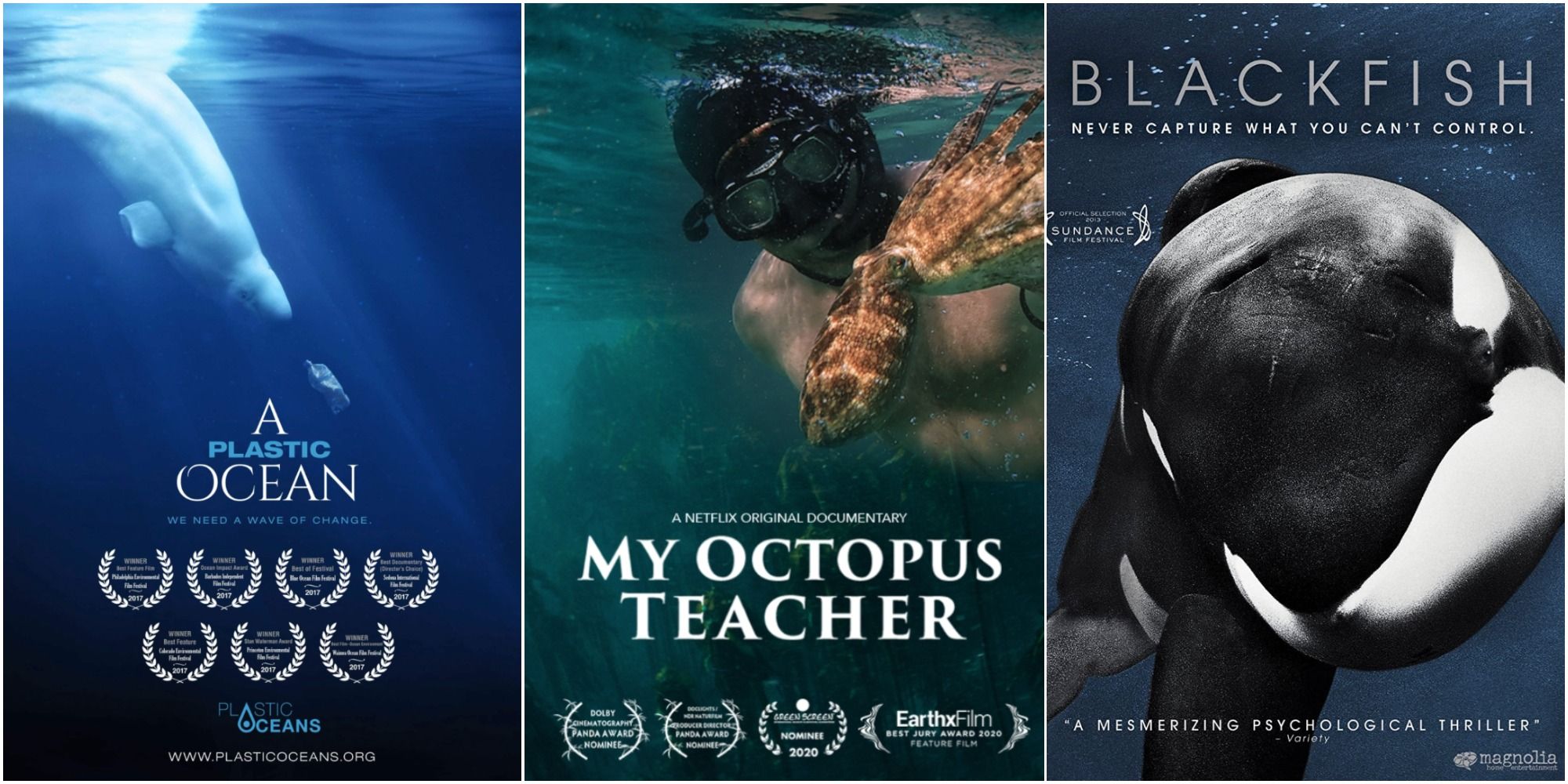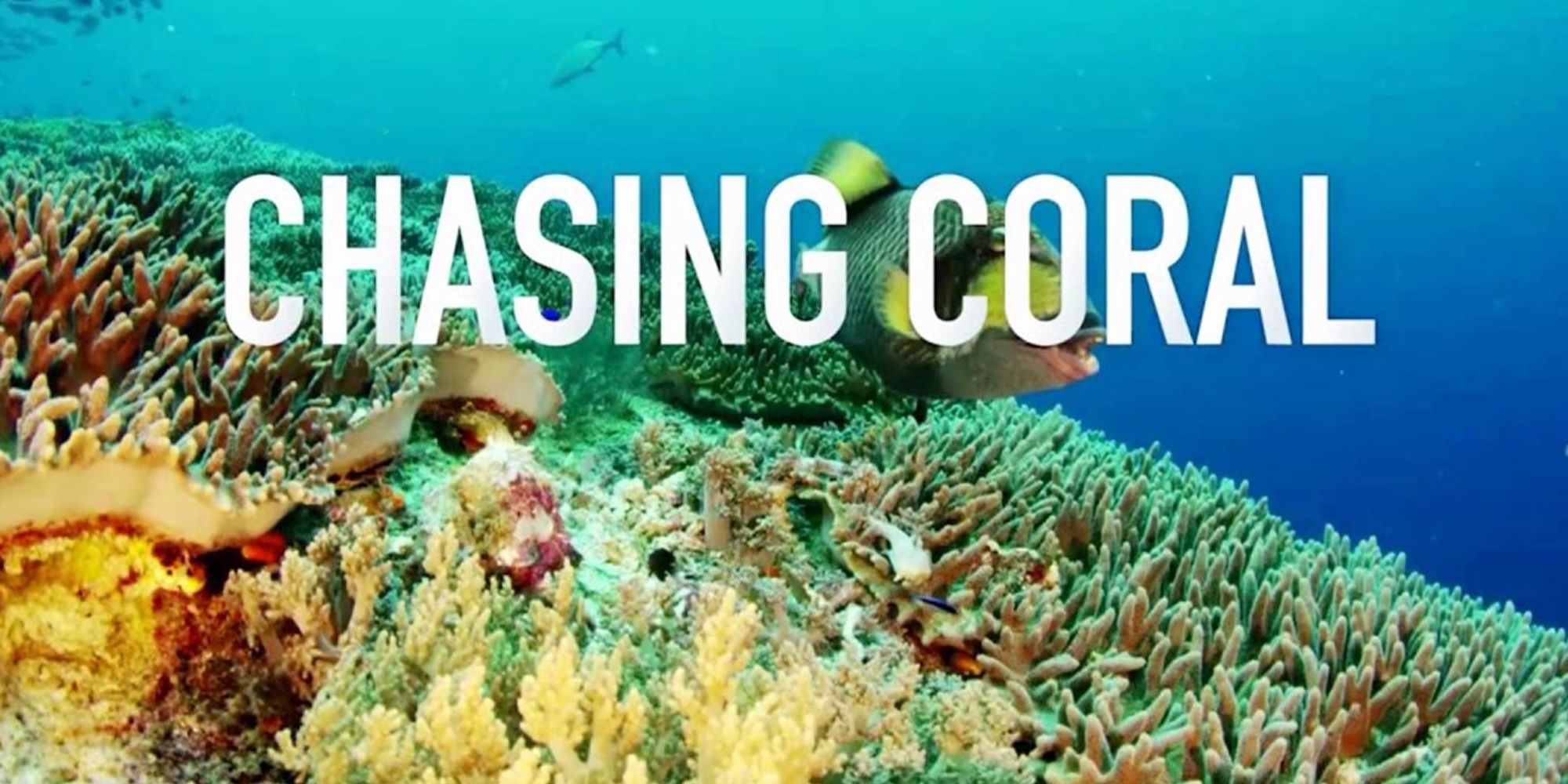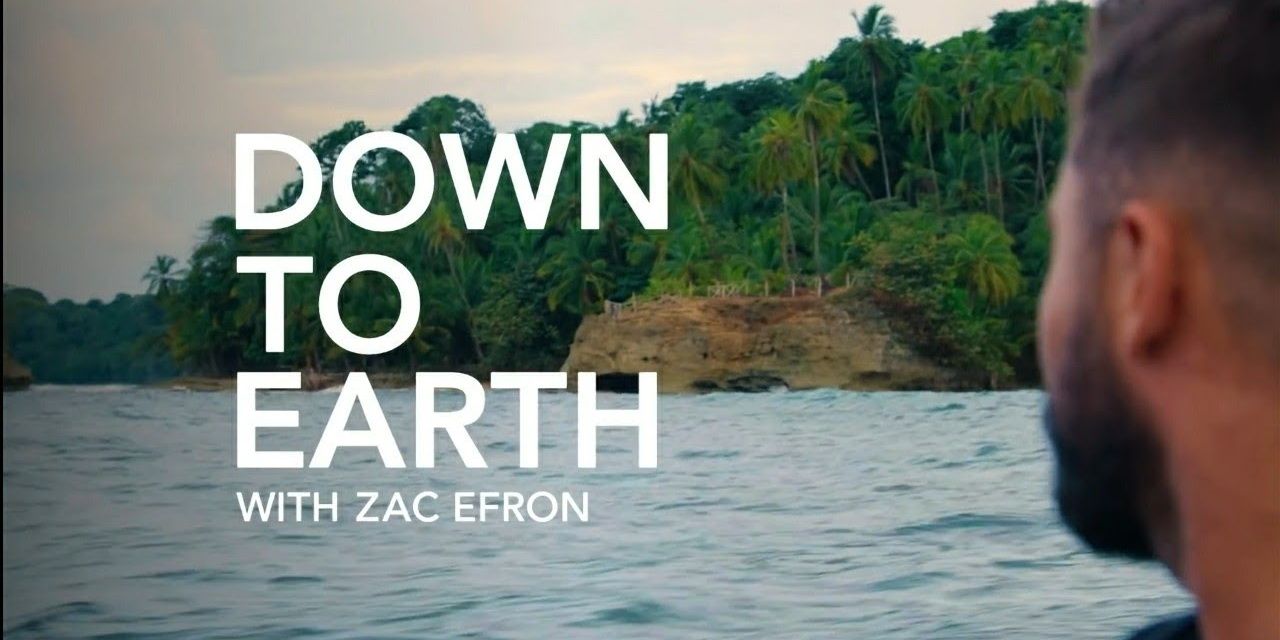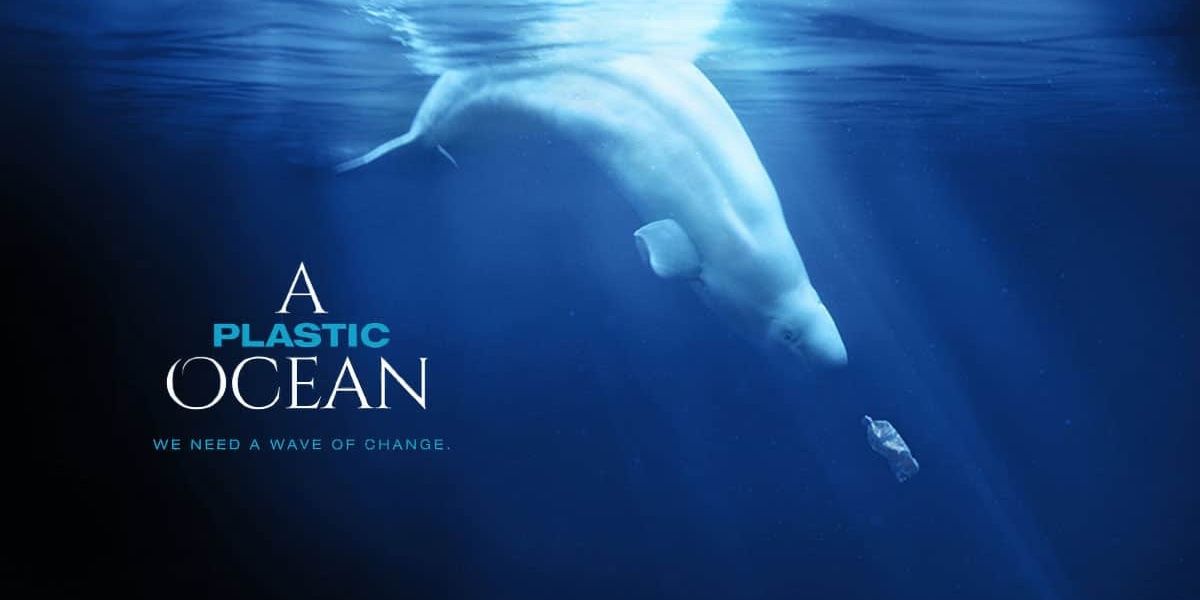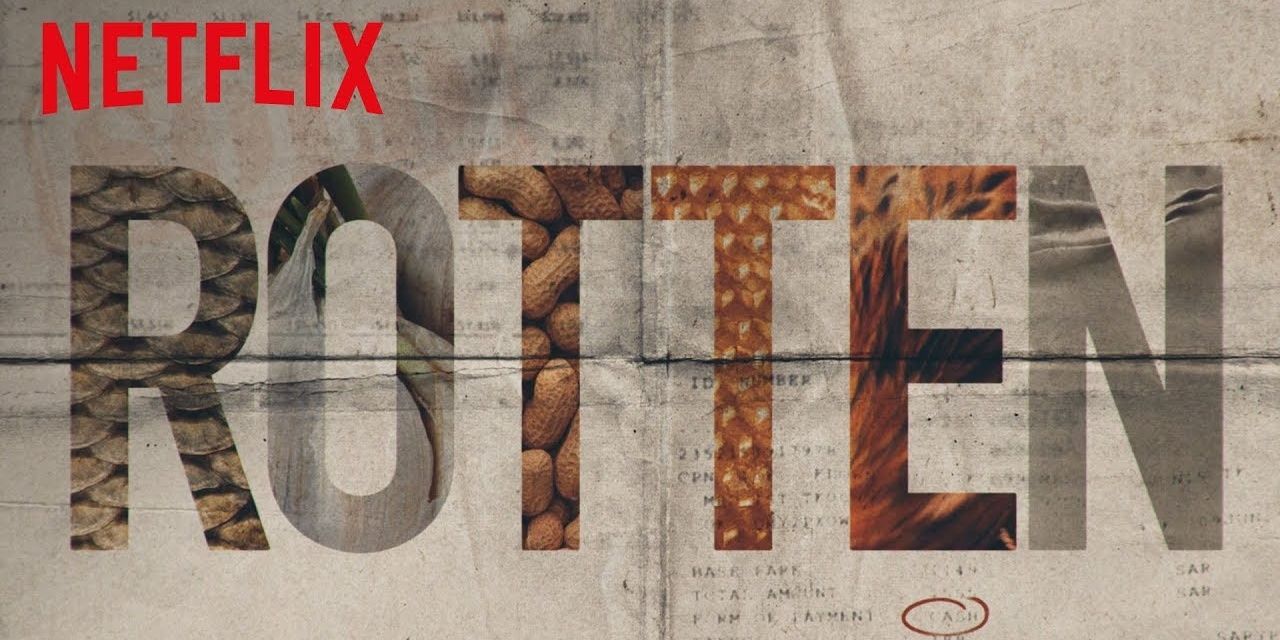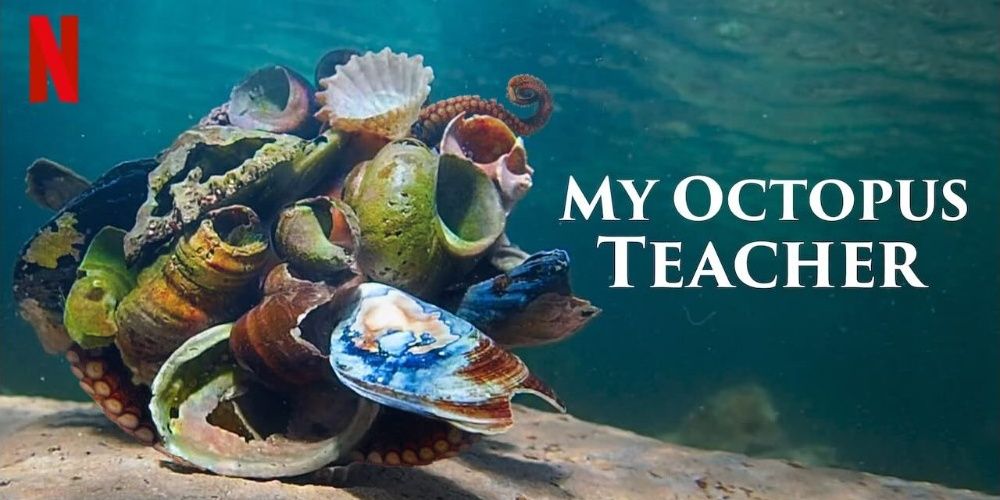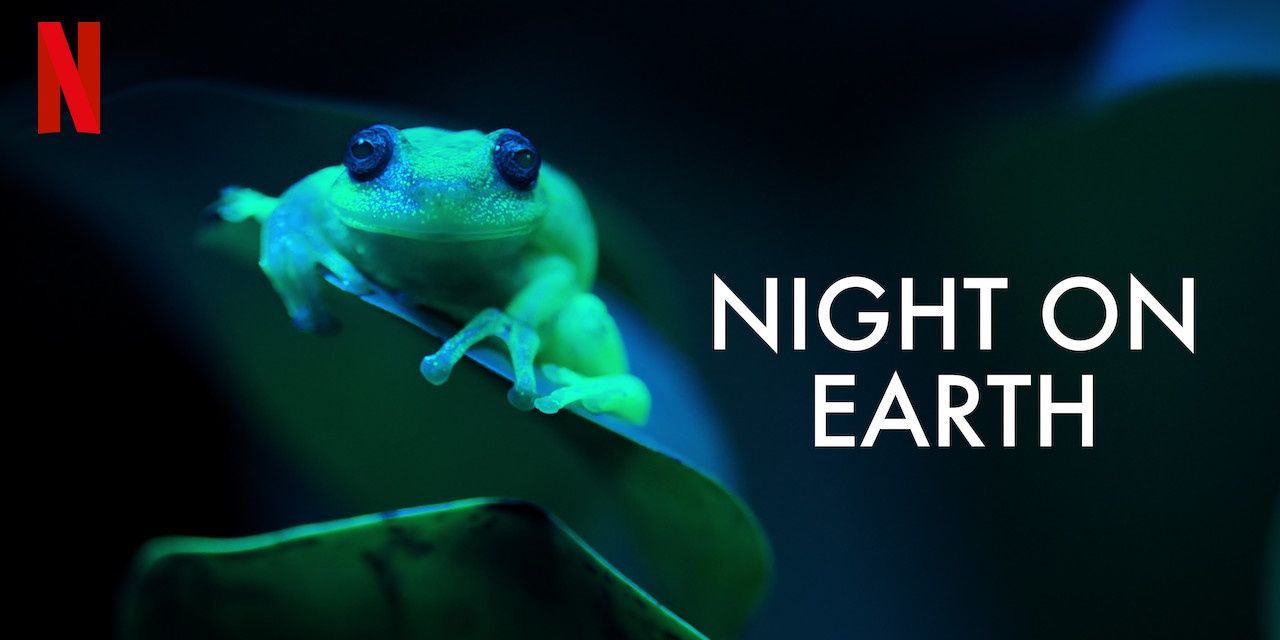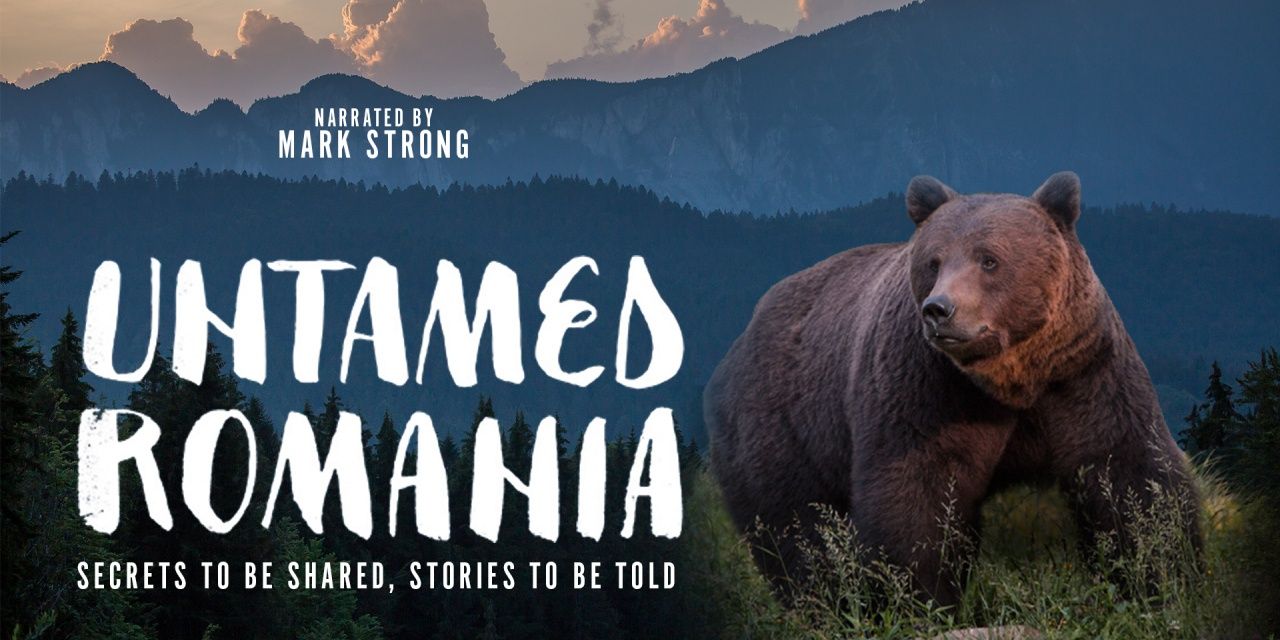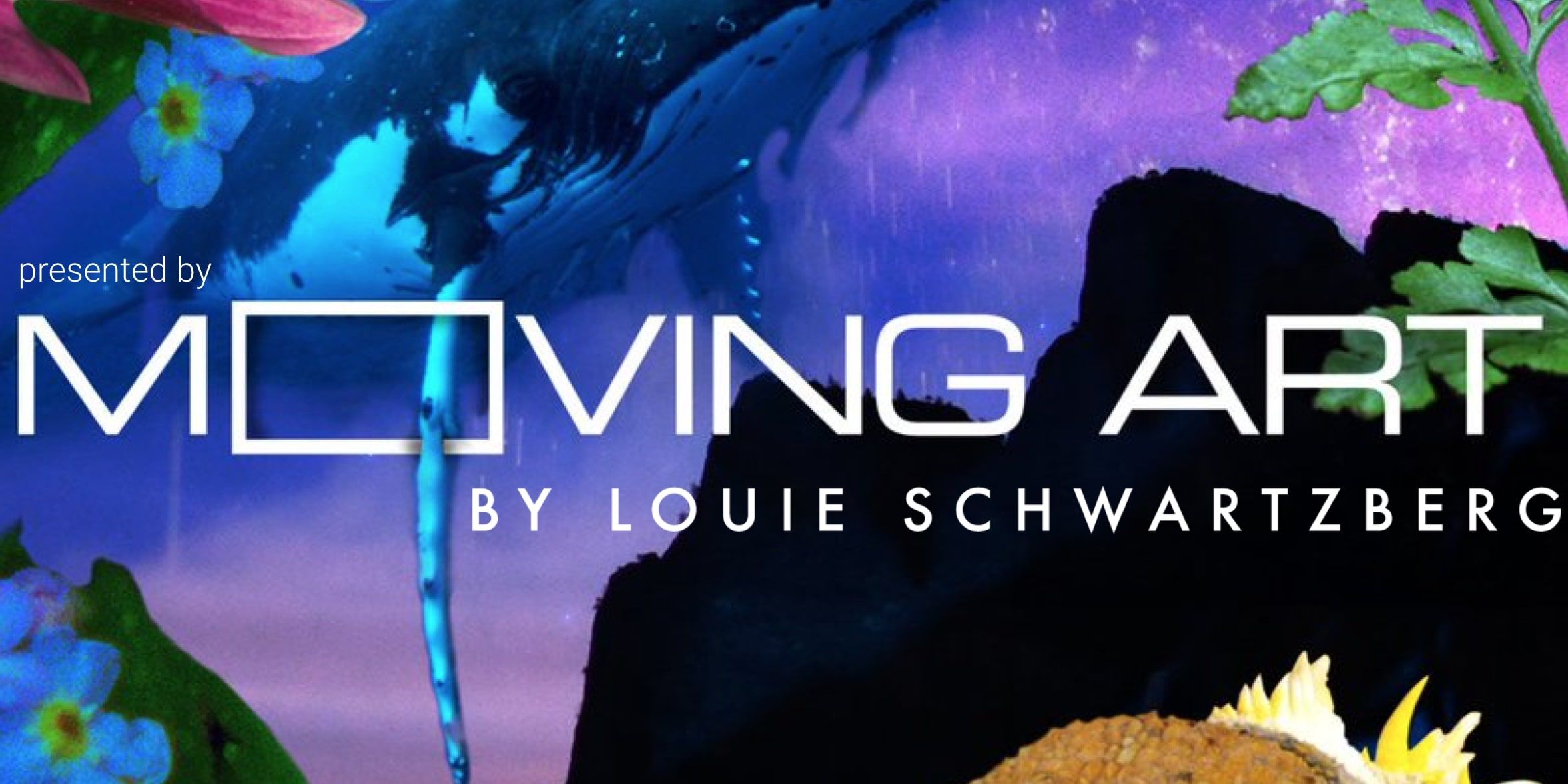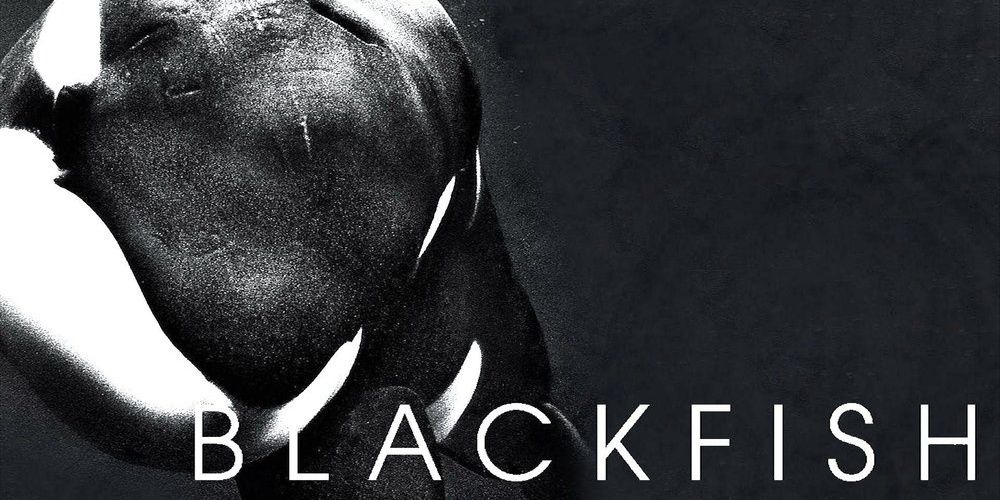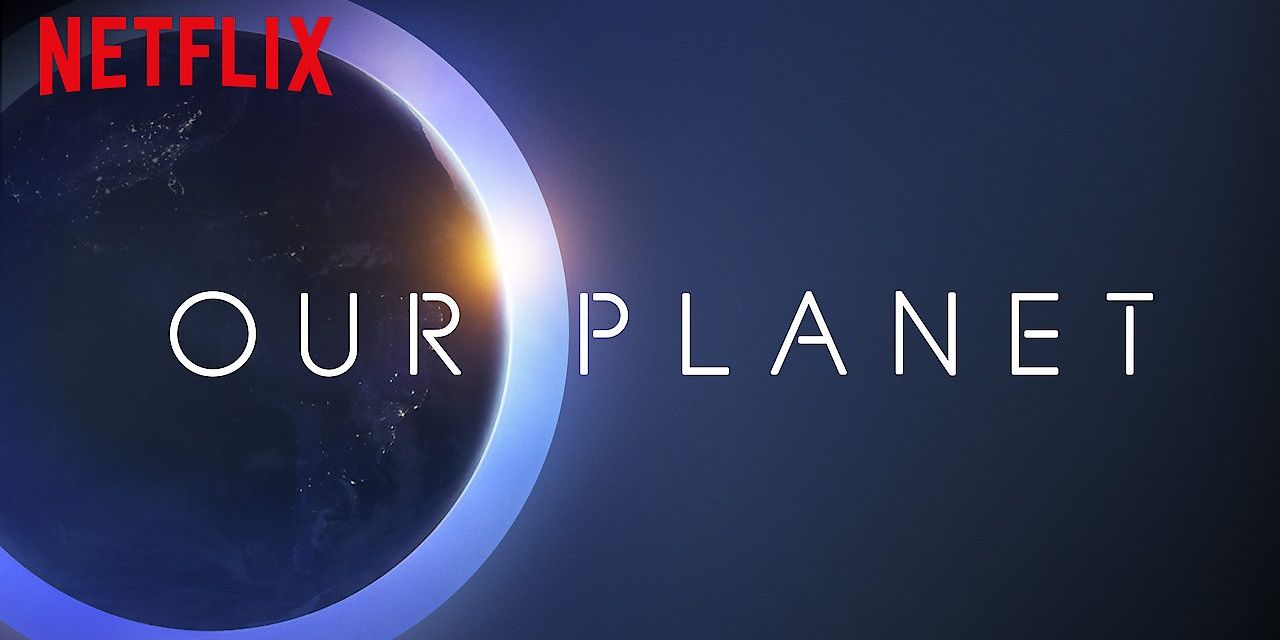Many stories, especially nonfiction narratives, have the ability to empower and educate. Particularly in the realm of climate change, documentary films and series employ the visual elements of experience to create a more immersive story that makes the environment feel more personal, as the camera captures its simultaneous beauty and ultimate destruction.
There have been a growing amount of nature documentaries available on streaming platforms, sparking an interest in the climate, especially when many pockets of greenery and wildlife are becoming absent from urban life. These are some of the best.
Documentary - Chasing Coral
This 2017 Netflix documentary shows the disturbing truth of the coral reefs that are quietly dying all around the world. The film offers an insightful look at the integral role coral reefs play in the oceanic ecosystem and how a rapidly warming planet has led to a mass bleaching of large amounts of these coral.
A team of divers and photographers capture on film the bleaching process that has turned healthy coral reefs into colorless skeletons of the sea. This documentary won the Audience Award for U.S. Documentary at the 2017 Sundance Film Festival, and director Jeff Orlowski previously worked on a documentary with a similar concept called Chasing Ice (2012). The documentary is available to stream on Netflix and on YouTube.
TV Series - Down To Earth With Zac Efron
This is a fun, more surface-level look at climate change and policy being undertaken in the international community. The show brings together an unlikely team of actor Zac Efron and wellness author Darin Olien, and over the span of eight episodes, the pair visits places like Sardinia, London, and Puerto Rico, where they learn about a variety of civil projects addressing climate change.
For instance, in the Paris episode, Efron and Olien learn about the French tap water system and how the city erected vending machines dispensing reusable water bottles to discourage single-use bottles. In Puerto Rico, they talk to locals about the effects of Hurricane Maria and how tropical areas are one of the hardest hit (and first targets) of drastic climate events.
Documentary - A Plastic Ocean
As the name suggests, this 2016 documentary examines the problem of single-use plastics littered into the ocean, killing the wildlife in it. There are searing images in the film of masses of plastic bottles and wrappers floating throughout the oceans, mounds of plastic that will never decompose and will trap fish, and seals that aren't built to fight these man-made obstacles.
The documentary takes a deep dive into how non-degradable plastics have harmed and killed sea life, as well as how growing piles of plastic garbage have become the norm for coastal habitats to build on top of. The film exhibits the truth of a world made of plastic and ends with a powerful call to action.
TV Series - Rotten
This documentary series on Netflix addresses problems within the global food industry, particularly the trade and distribution process. The two-season series takes a deeper look at the laborers supplying the world’s favorite foods, from avocados to wine, and the questionable truth of how food actually ends up in the hands of the consumers.
Those interested in the economic and political implications of the food industry will find this series particularly interesting, especially as certain episodes examine the impact of supply and demand on workers all over the world.
Documentary - My Octopus Teacher
In this documentary, South African filmmaker Craig Foster follows the day-to-day life of a wild octopus navigating its life in a kelp forest. Foster documents his daily interactions with the octopus, capturing an endearing and unexpectedly intimate growth in their relationship, as he begins to learn lessons applicable to his own life, simply by watching the octopus navigate hers.
Foster first began filming this project in 2010, finally releasing it 10 years later as the first South African nature documentary debuting as a Netflix original.
TV Series - Night On Earth
Night On Earth is a limited nature series on Netflix that documents the nighttime lives of animals often observed during the day. With pristine camera quality and state-of-the-art night cameras, this six-part series focuses a lens on specific areas of wildlife navigating the night.
From the plains and the ice caps to the jungles and even the cities touched by urban animals, this show provides an intimate look at the hustle and bustle of what goes on after dark on the Earth.
Documentary - Untamed Romania
This 2018 documentary shows the life that goes on in one of Europe’s largest wildernesses - the forests of Romania. The footage primarily examines the Carpathian Mountains and Danube Delta regions, and the untamed wildlife captured on camera is a marvel.
Colorful birds and free-roaming wildcats dart across the screen and offer a breathtaking view of the Eastern European landscape. This documentary premiered at the Environmental Film Festival in the Nation’s Capital in collaboration with the European Nature Trust.
TV Series - Moving Art
Aptly titled, Moving Art is full of breathtaking shots of nature and wildlife untouched, birds and fog suspended in the air, mountains frozen with snow, oceans churning back and forth, and Indigenous people rowing down their river. The series was first created by filmmaker Louie Schwartzberg, who intended for this project to portray an encapsulating, HD look at landscape without narration and other factors of the conventional documentary that might take the viewer out of the nature.
This is an immersive six-season series that places the viewer in an almost meditative state as they witness the art created naturally, even accidentally. In many ways, this show feels like a digital art exhibition of nature.
Documentary - Blackfish
Perhaps one of the most notable and earliest films to document humans’ adverse effects on the environment is Blackfish (2013). This haunting documentary follows the events that took place in 2010 at Seaworld in Orlando, Florida, when an orca whale killed one of the trainers.
Beyond the events at Seaworld, the film also offers a disturbing look at the general abusive practices of orca captivity and the psychological trauma captured animals experience. This Sundance selection is a wake-up call and not an easy watch, but it is one that inspired a wave of activism and is still cited today.
TV Series - Our Planet
Narrated by David Attenborough, Our Planet covers eight episodes of wildlife and their ecosystems in specific regions of the world, such as jungles, forests, or dangerously warming ice caps home to a thinning number of polar bears. The docu-series paints a beautiful portrait of the animals inhabiting the Earth, but these meditations on nature also carry with them the weight of global warming that threatens their existence.
In addition to sublime shots of animals lounging in the sunlight, a significant portion of this show casts a look at human impact on the environment, such as the cities and human settlements encroaching upon the reserves of untouched Earth that have been home to animals now having to make do with fewer and fewer resources.

